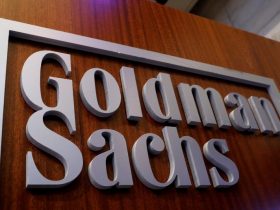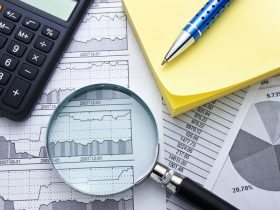The Reserve Bank of Australia (RBA) has increased its interest rate to 4.35% due to ongoing domestic inflationary pressures, as announced in their quarterly statement on monetary policy on Tuesday, November 7, 2023. The stubborn inflation rate is projected to decrease from a peak of 5.4% in September to an above-target range of 4.5% in December.
In a subsequent development, UBS forecasts a decrease in inflation to 4.5% by the end of 2024 but remaining above RBA’s target of 3.5% until the end of 2025. This prediction comes in light of the unexpected resilience of retail trade and household spending. Furthermore, Q3 2023 saw a significant increase in household deposits by 7.6%, spurred by excess savings and strong wage income.
A growing divide in consumer outlook based on debt and asset exposure has emerged with the asset-to-income ratio standing at 12 times while the liability-to-income ratio is at two times. High-interest rates are pressuring households with high debts, with RBA data showing that 15% can’t meet expenses and mortgage payments.
However, older, asset-rich households are experiencing a surge in interest income, leading to an increase in economic resilience against high-interest rates. This trend has resulted in a booming superannuation income, with drawn income surpassing $100 billion or 8% of total household income.
Despite these developments, the pandemic has seen mortgage prepayment buffers revert to pre-COVID levels as the household savings rate plummets to its lowest since 2008. The boomer generation is spending this income, contributing to economic resilience.
Forecasts show real household disposable income will start positive growth in H2 2024 with an anticipated income growth of 2.5% for the year ending December, increasing significantly to 3.9% by June 2025. This growth will be propelled by population growth, easing supply constraints, business investment, public demand, and a pipeline of infrastructure projects despite persisting cost pressures.
However, UBS predicts a GDP slowdown to 1.6% in 2024, with the rising unemployment forecast at 4.8% in 2024 and 5% in 2025 due to increased workforce participation. The upcoming federal election in 2025 could see rising unemployment, minimal interest rate relief, and a prosperous boomer generation amidst struggling younger households.
This article was generated with the support of AI and reviewed by an editor. For more information see our T&C.
Read the full article here













Leave a Reply